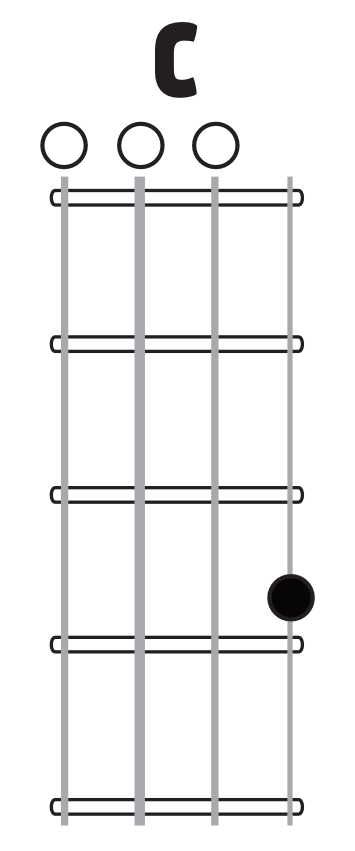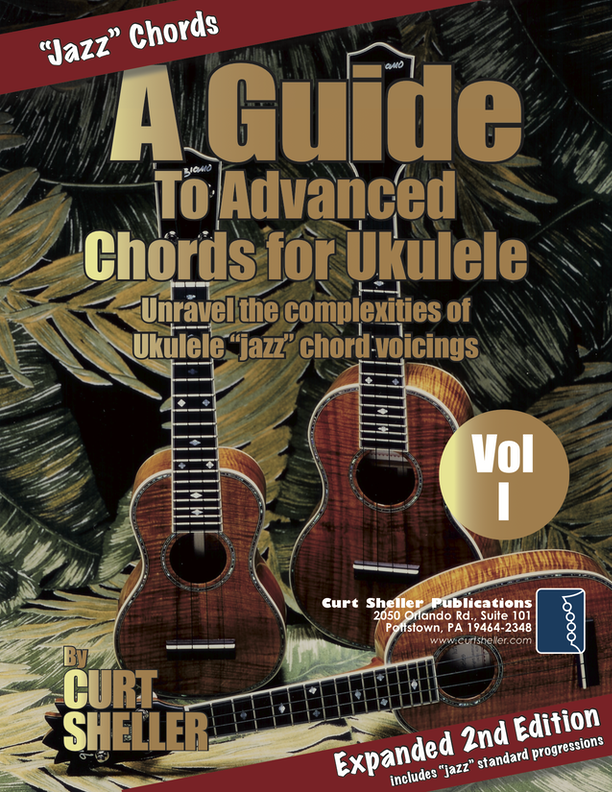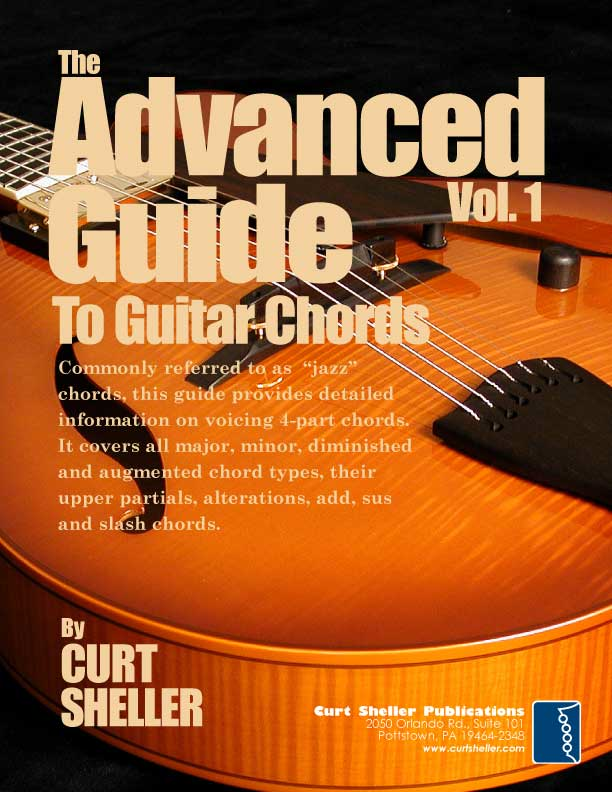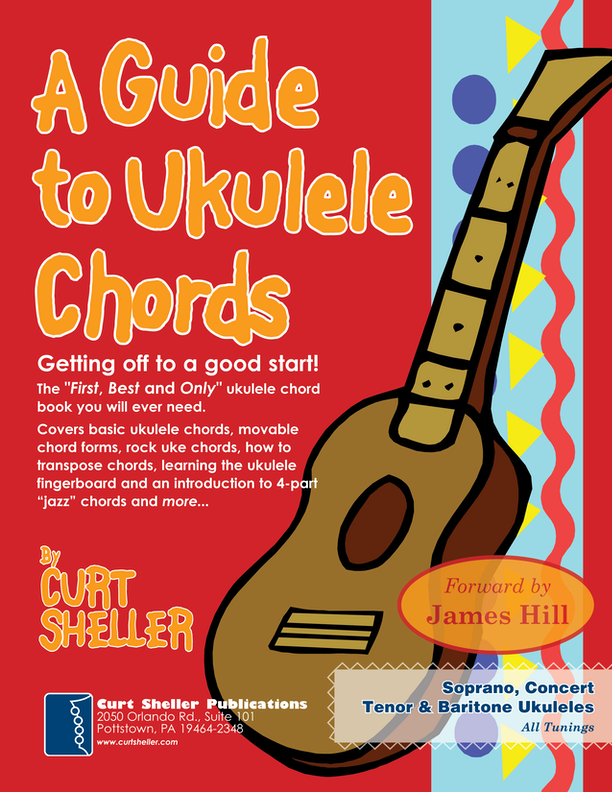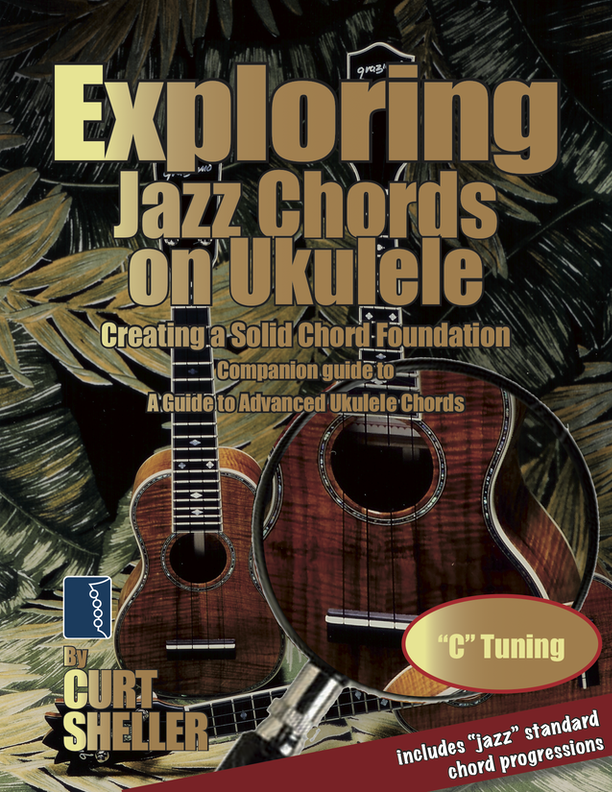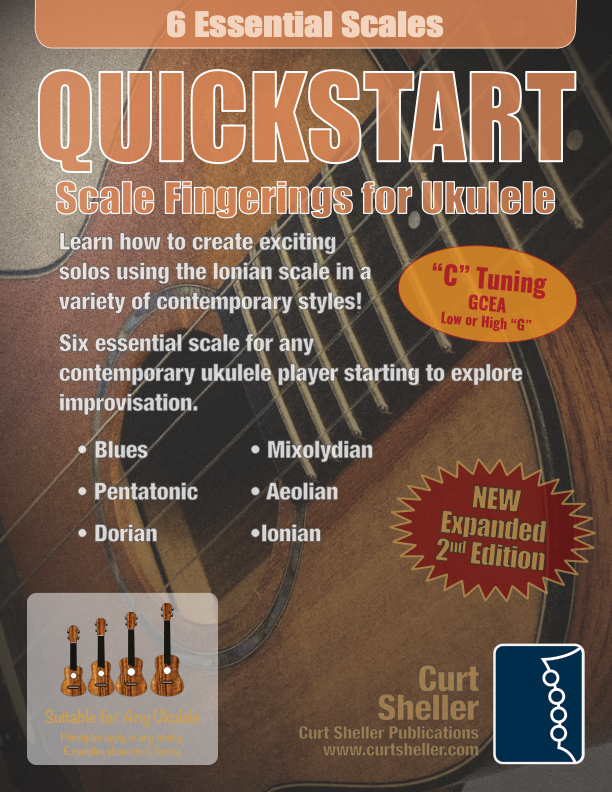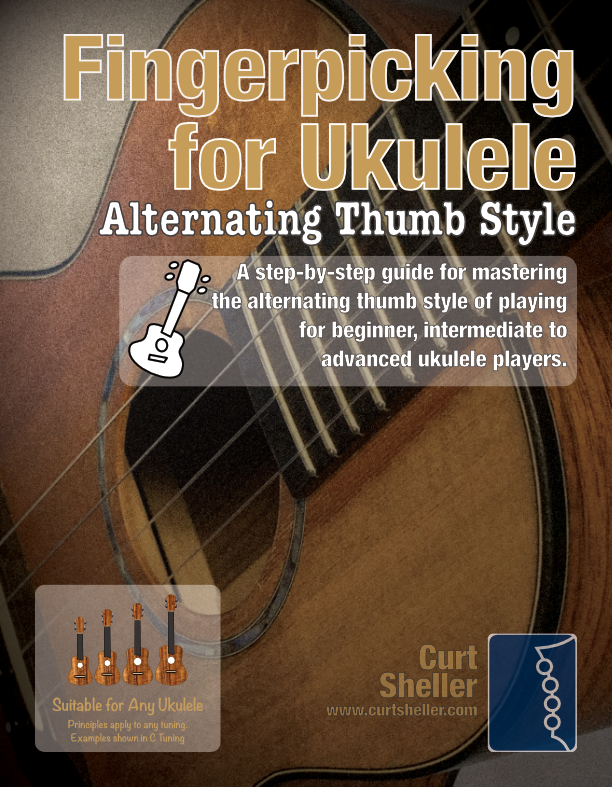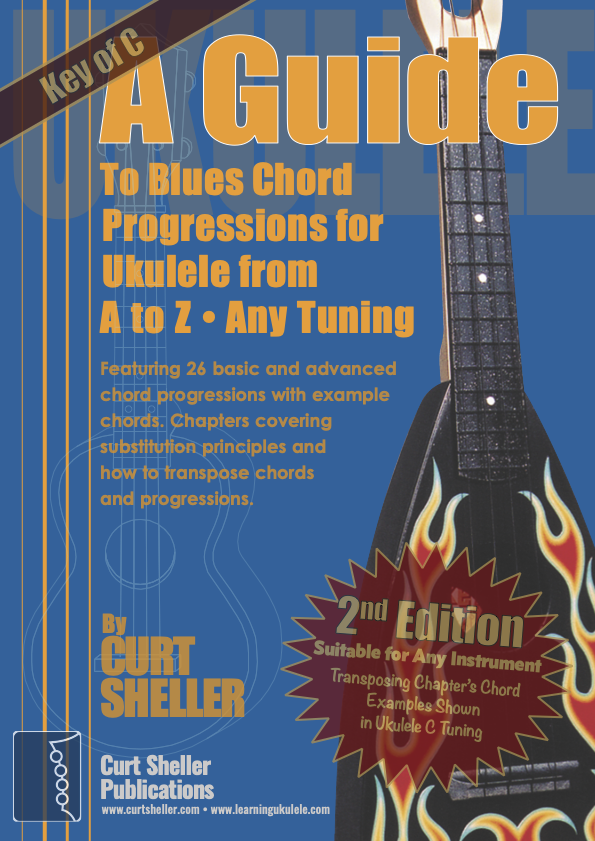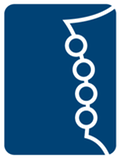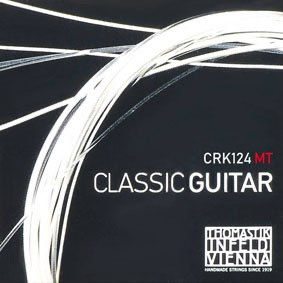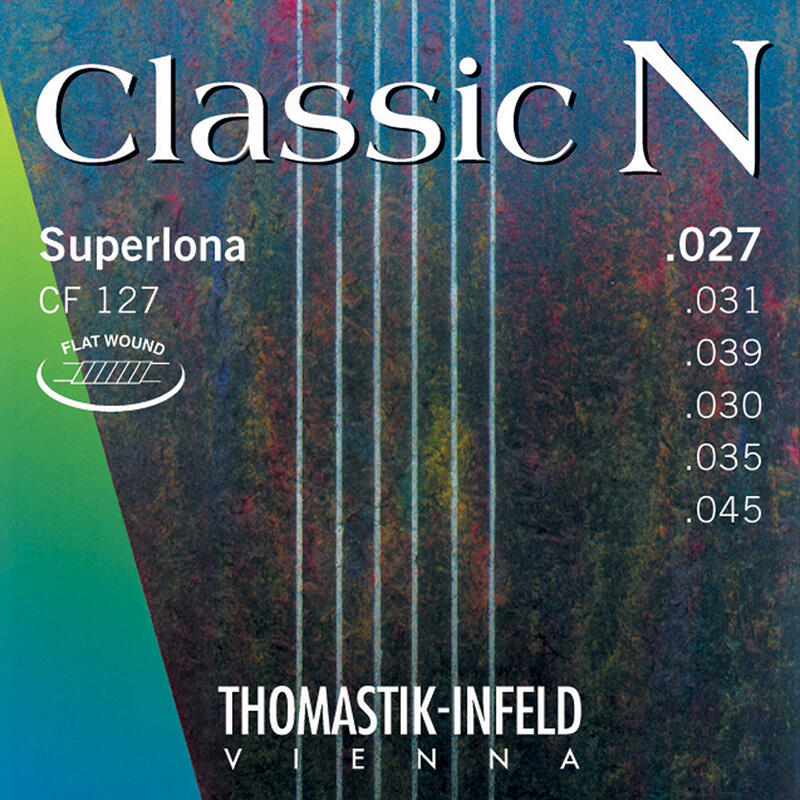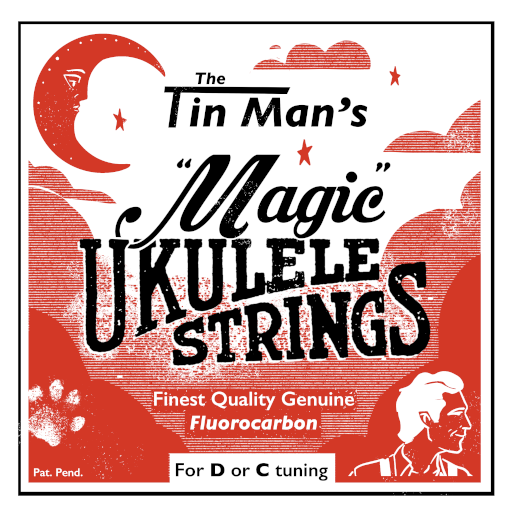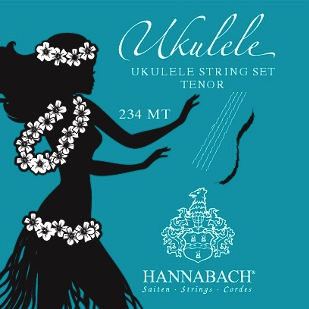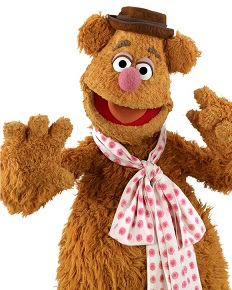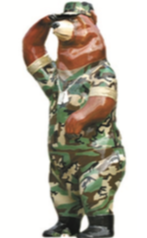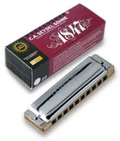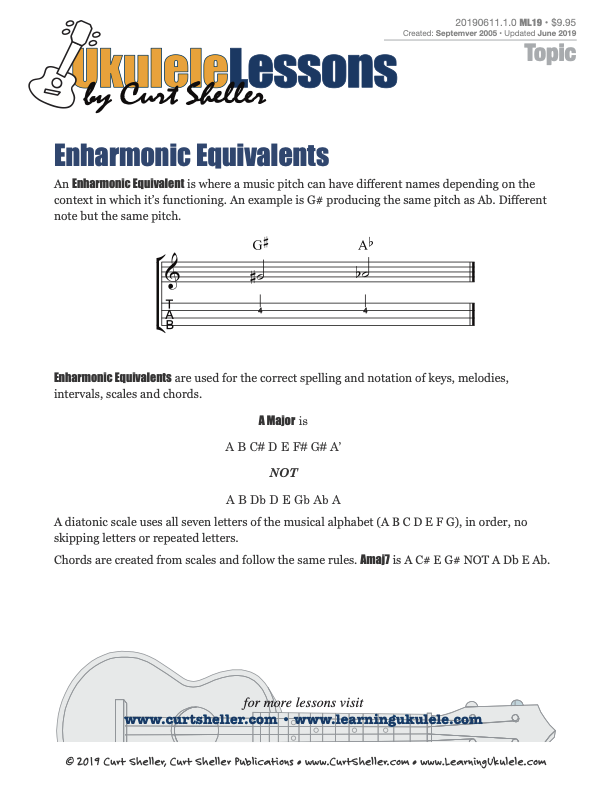Share Getting Started with `Ukulele - Lesson Four
on:
Bluesky
•
facebook
•
twitter (X)
LESSONSeries : Getting Started Series of Ukulele Lessons
Getting Started with `Ukulele - Lesson Four
For Lesson Four we'll add and build on the lessons and material from lesson three.
In lesson four you'll learn the following:
- Learning the Fingerboard, Secondary Key Fret (2)
- Four Finger - Four Note Fingering Drills
- Secondary Chords - Key of G (Am, Bm and Em)
- Common Chord Progressions for G Major
- Core Strumming Pattern Two
- Understanding Chromatic Interval
NOTE: Although these lessons are presented as a weekly series, you can and should take as long as you like to master each week's lesson as there is a lot of material in each lesson in the series.
The individual lessons in this series are viewable from the Lessons button bar above.
The Fingerboard - Secondary Key Fret (2)
On to the frets that have only one sharp. Frets (2) and (10)
Recommended Lessons, Series & Resources
From this week’s fret (2) A D F# B you get fret (3) A# D# G C and the fret (1) Ab Db F Bb..

Technique - Four Finger - Four Note Fingering Drills
The Ukulele Gymnastics series contains quite a few lessons for developing your finger strength and independence of the fretting hand. The fretting hand is responsible for playing chords and single notes. The fretting hand and plucking hand are responsible for getting the music out.
Recommended Lessons, Series & Resources
- LESSON: Fingering Gymnastics
- LESSON: Four Finger - Four Note Fingering Drills
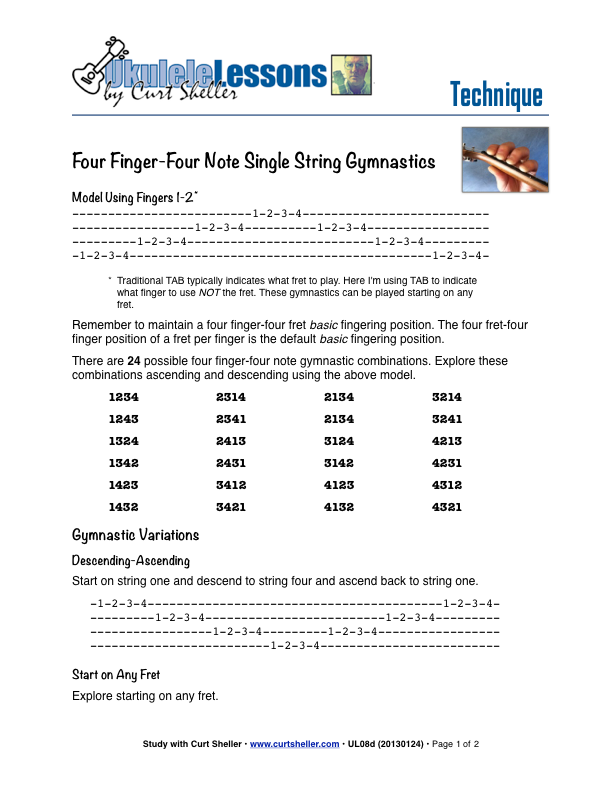
Secondary Chords - Key of G
Continuing with the common of key of G major and adding to the primary chords G, C, D and D7 from last week’s lessons. We can add the secondary chords Am, Bm, and Em.



Recommended Lessons, Series & Resources
- Series: Key Signatures - G Major and E Minor
- LESSON: Secondary Chords of G Major
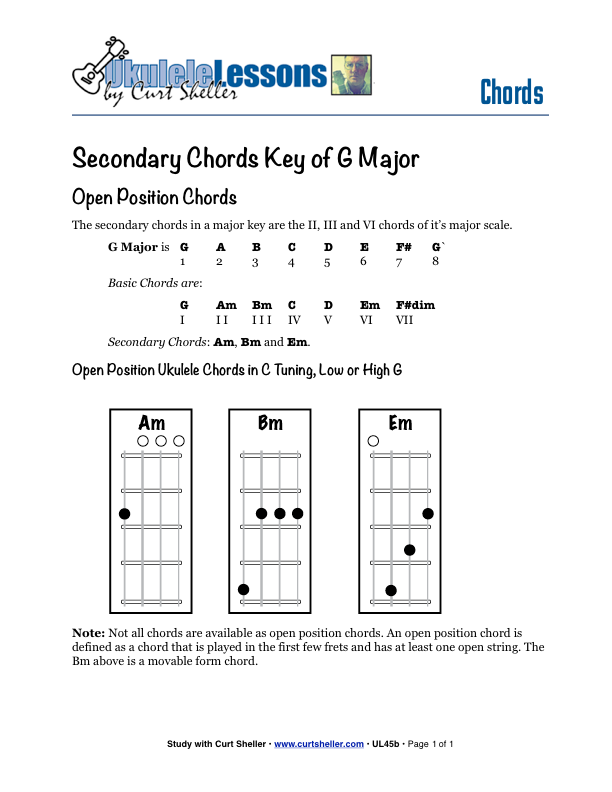
Common Progressions - Key of G
With the primary and secondary chords in the key of G.
Recommended Lessons, Series & Resources
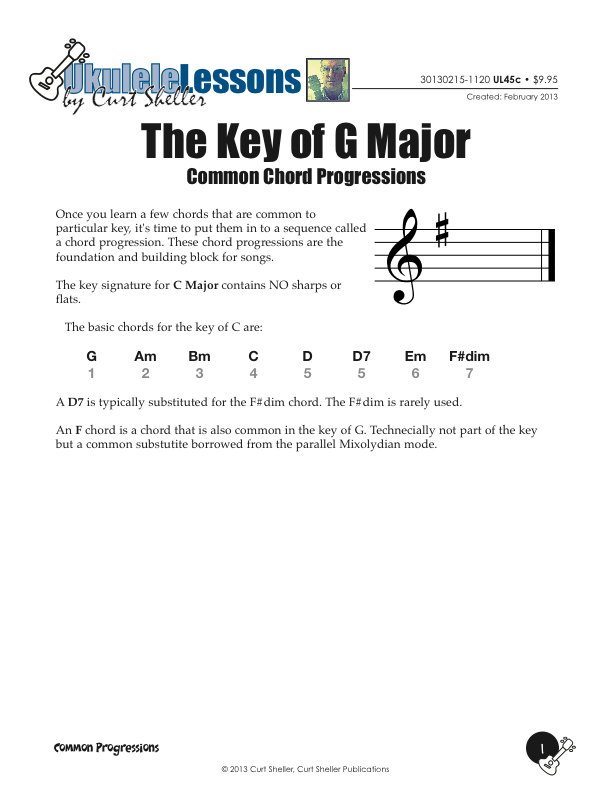
Core Strumming Pattern Two
This is the second of the four core strumming patterns. Theses are some of the most famous strumming patterns used.
Recommended Lessons, Series & Resources
- LESSON: Core Strumming Pattern Two
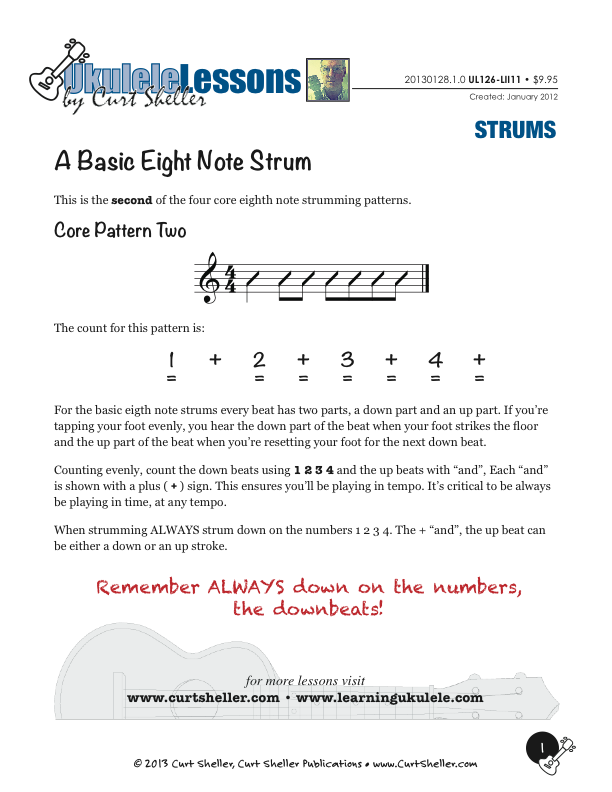
Understanding Chromatic Intervals
Last week’s lesson explored Diatonic intervals. This week explores Chromatic intervals.
Recommended Lessons, Series & Resources

Sign-IN — it's FREE — to view, un-blur any additional content for this lesson.
End of Lesson - Thanks, Hope You Enjoyed It!
Related Lessons, Videos, Lesson Series, Songs, Books & Reference Charts, Resources & Assets, Workshops are below.
Related Lessons
Related Lessons for Getting Started with `Ukulele - Lesson Four
.

Learning the Fingerboard, C Tuning - Fret (2)
There is nothing that returns more value when learning a fretted musical instrument like the ukulele than really, and I mean really knowing the names of the notes of the fingerboard. This is not the same as learning to read music but simply knowing the name of any note on the fingerboard.b

Four Finger-Four Note Basic Single String Fingering Drills for `Ukulele
To play the ukulele effectively, your fingers need physical strength, agility, flexibility and coordination. This four finger-four note drill is designed to get your hands in shape. These exercises work no matter what style of ukulele you play or want to play.
Related Lesson Series
Related Lessons Series for Getting Started with `Ukulele - Lesson Four
.
Common Chord Progressions and Remembering Songs
Updated: 17 Mar 2025
Understanding the similarities between chord progressions and songs can greatly enhance your ability to remember and play a wide variety of songs. It's fascinating how much common ground (chord harmony) exists among different musical compositions.
Harmonic Analysis for Scale and Chord Selection
Updated: 09 Jun 2023
Harmonic Analysis (HA), also known as the study of chord relationships, is the method used to identify the harmonic role of chords within a chord progression or song. A chord progression refers to a sequence of chords, with each chord having a root note and belonging to a specific chord type. The function of a chord within a particular scale's tonality is determined by its relationship to that scale.
Modular Phonetic Rhythm by Chuck Anderson
Updated: 01 Jan 2003
Modular Phonetic Rhythm represents a significant advance in the teaching and application of rhythm. Eliminating many inefficient aspects of rhythm education, Modular Phonetic Rhythm streamlines the traditional educational approach, resulting in a reflexive reaction to rhythm.
Related Books & Charts
Related Books for Getting Started with `Ukulele - Lesson Four
.
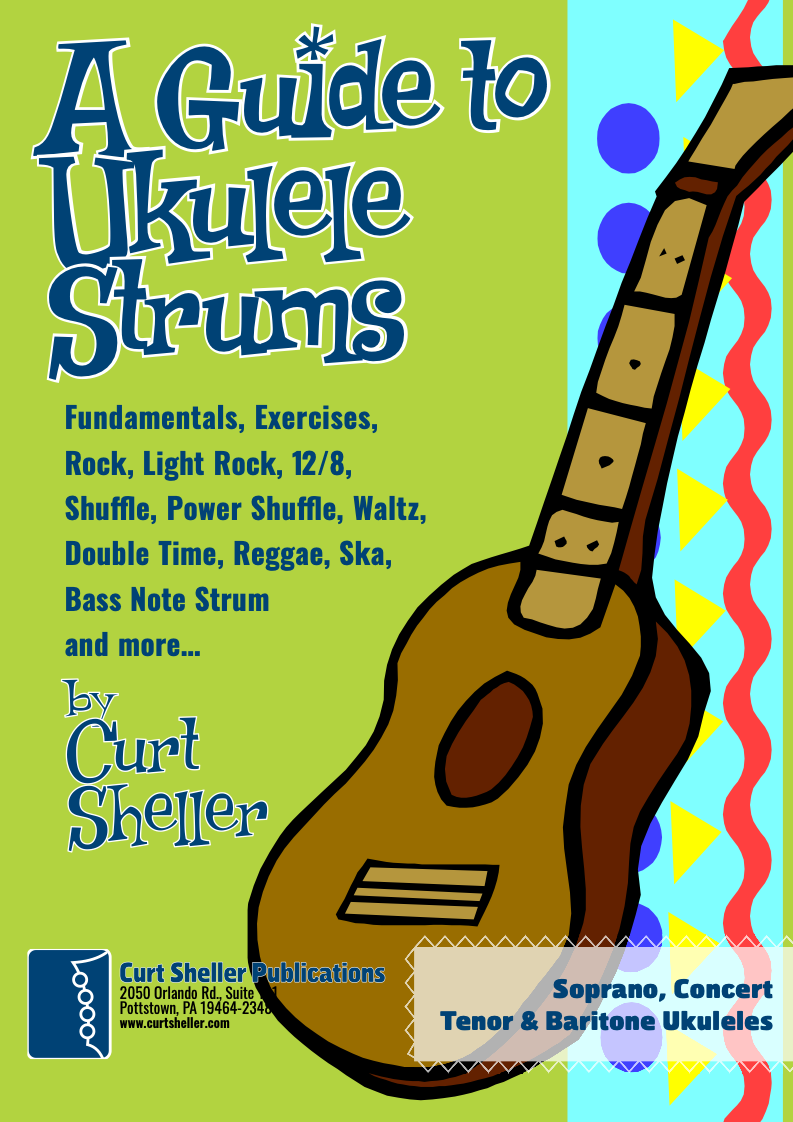
A Guide to Ukulele Strums
Updated: 26 Aug 2024
Learn a variety of strums and rhythmic patterns in wide range of musical styles. One of the first skills a ukulele player learns is the art and craft of strumming, playing rhythm. This refers to an accompaniment technique suitable for the singer, singer - songwriter or someone who plays a support role for another instrument.

Learning the Ukulele Fingerboard - C Tuning
Updated: 18 Jan 2023
Finally, learn the names of the notes of the fingerboard. Learning the notes of your instrument allows you the flexibility of not having to remember so many shapes. There are simply way too many chords, scale and notes patterns, and shapes to remember. It all comes down the notes.
A Selection of Books & Reference Charts that are recommended for creating a solid foundation with your chosen instrument and music in general.





Checkout the Books for additional Handy, Dandy Reference Charts.
Reference Charts



Key Signatures — Circle of Fourths and Fifths – ANSI A & A4 sizes
A handy reference chart of all 15 major and relative minor key signatures. US Letter 8.5 x 11 sized (ANSI-A), A4
Checkout the Books for additional Handy, Dandy Reference Charts.
Related Lesson Files, Resources and Assets
Related Assets for Getting Started with `Ukulele - Lesson Four
.
